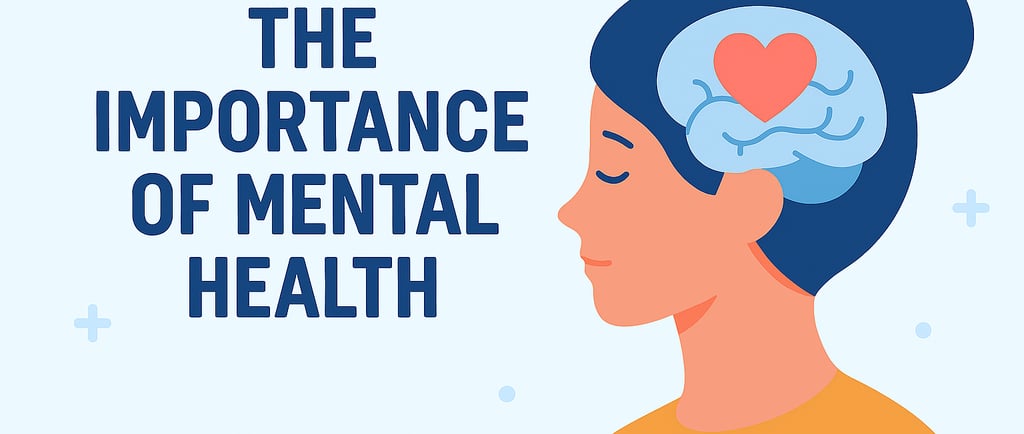"I Survived. I Lived. Then I Woke Up."
Making Mental Health Normal: Why Everyday Conversations Matter
Discover how simple lifestyle changes and open dialogue can normalize mental health conversations in 2025. Learn practical prompts, real-life examples, and digital tools to foster honest support in daily life.
Christopher J
9/29/20252 min read


Introduction
In 2025, vulnerability has become a cultural asset. No longer relegated to whispers behind closed doors, mental health is now discussed openly by celebrities, brands, and everyday people alike. According to recent surveys, over 70% of adults report feeling more comfortable sharing their challenges than five years ago. Yet, stigma still lingers—making everyday conversations a powerful catalyst for change.
Where Silence Used to Reign—The Shift in Mental Health Stigma
Historically, mental health carried a heavy burden of shame. Families avoided admitting depression, and workplaces rarely offered support. Today, high-profile figures endorse therapy, and companies integrate mental wellness into their culture. This shift signals that talking about mental health is no longer taboo—but it thrives only when we weave it into our daily routines.
Lifestyle as a Foundation for Mental Wellness
Your environment and routines lay the groundwork for honest dialogue.
Home Sanctuary: Designate a calm corner for journaling, meditation, or gratitude practice. Soft lighting, comfortable seating, and inspiring quotes set an inviting tone for reflection and sharing.
Social Rituals: Transform routine gatherings—weekly dinners, walks, or coffee breaks—into opportunities for genuine check-ins. A simple “How are you, really?” can open doors to deeper support.
Real-World Examples of Normalization
Brands like CalmSpace have launched ad campaigns featuring employees candidly sharing burnout struggles, fostering authenticity. Local community groups in New York City host monthly “Mindful Mornings,” where participants discuss coping strategies over tea. These initiatives illustrate how both large and small efforts can make vulnerability visible.
Starting the Conversation—Practical Scripts and Prompts
Not sure how to begin? Try these gentle openers:
“I’ve been feeling a bit overwhelmed lately—how have you been coping?”
“Can I share something personal with you?”
“I read an article about mindfulness today; have you tried any practices that helped you?”
Active listening—maintaining eye contact, asking follow-up questions, and validating feelings—reinforces trust and encourages reciprocity.
Tech Tools and Digital Routines for Mental Health
Digital solutions can complement face-to-face exchanges:
Mood-Tracking Apps: Tools like MoodMap send daily prompts to record emotions, offering data trends to discuss with friends or therapists.
Gratitude Journals: Apps such as ThankfulCue remind users to log three daily gratitude entries, fostering positivity habits.
Online Communities: Platforms like SafeCircle connect users with peer support groups, enabling conversations in a moderated, stigma-free space.
Conclusion
Everyday conversations are the lifeblood of a stigma-free future. By embedding mental health check-ins into our routines—at home, among friends, and through supportive digital tools—we pave the way for genuine understanding and collective resilience.
Call to Action: Challenge yourself today: ask someone “How are you, really?” and share your own story. Let’s make mental health a normal part of every conversation.

Do you have a lifechanging story and want to help others with your experience and inspiration. Please DM me or Send me and
Contact Me
© 2025. All rights reserved.
Privacy Policy
